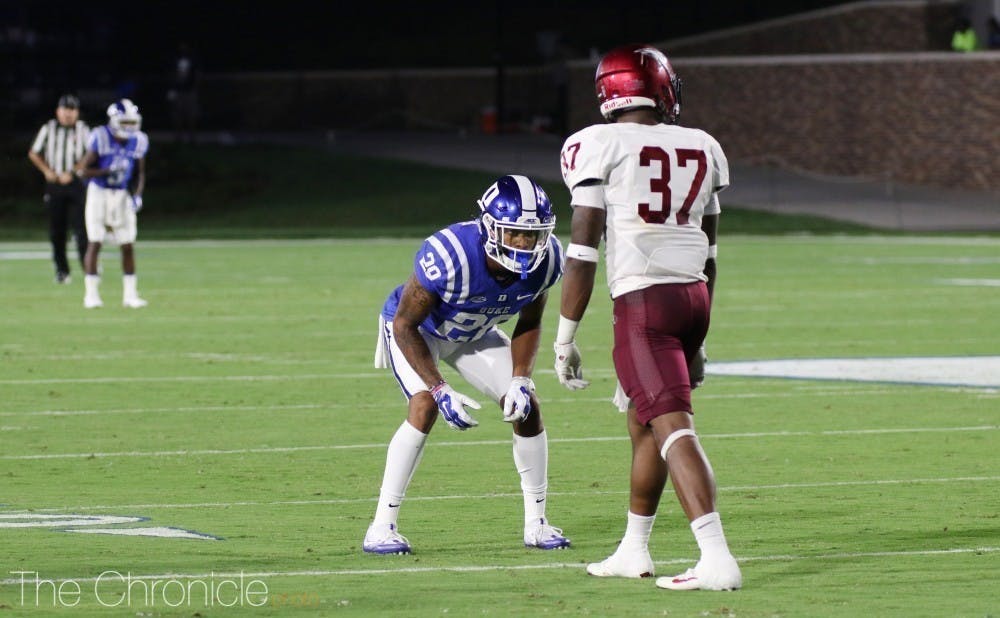Regardless of whether or not college football is played this fall, the players have fundamentally altered the course of the sport forever.
On Aug. 2, players from across the Pac-12 came together to demand certain concessions from their schools, including health and safety protections, addressing racial injustices and economic equities. Big Ten players followed suit this past Wednesday. And Sunday, in response to reports that Power 5 conferences were on the verge of postponing/cancelling their football seasons, several prominent players began tweeting #WeWantToPlay. Players from all of the aforementioned camps came together that night to discuss how to combine their efforts and protect both themselves and the upcoming season.
By the time Clemson quarterback Trevor Lawrence and running back Darien Rencher had tweeted out the players’ list of demands—and certainly by the time President Trump retweeted it—this was already one of the most significant player organizing movements in NCAA history. As of Monday night, at least 19 Duke football players had expressed support for or boosted the campaign.
“We’re in support of playing,” senior defensive end Drew Jordan said during media availability Tuesday morning. “We’ve been working very hard to get to this point of camp, and that’s what we want to do moving forward.”
The most significant of the players’ demands is their final: a college football players association. For the labor force earning billions of dollars in annual revenue while seeing exactly zero of it, while their schools appeal rulings enabling them to profit off commercials all the way to the Supreme Court, a players association (PA) is likely the only avenue to economic equity.
Establishing a PA will be incredibly difficult and would require some important questions to be answered: What levels of collegiate sports are involved? Does it include just football, all revenue-positive sports or all sports? How do they bridge different rules across states and conferences? Surely the players have little consensus yet, but the case has been opened, and it’s not going to subside anytime soon.
To be clear, they probably can’t unionize. Public workers aren’t guaranteed that right, and some states explicitly ban it. Private sector employees have that right, but it’s contingent on that labor being recognized as employees, a distinction that the NLRB declined to rule on for collegiate football players when Northwestern's athletes attempted to unionize three years ago. Unionizing would be nearly impossible regardless, with such broad differences between players’ situations.
But a workers’ association is possible. And once a labor movement starts, it rarely stops. Even if the players get none of their current demands, the players of tomorrow will be demanding the same things.
Make no mistake: every governing level of collegiate athletics will probably fight this. There will likely be no athletic director, no conference commissioner, no NCAA figurehead that will step aside and recognize a PA. That would mean less revenue for the schools and an empowered labor force.
These collegiate athletic leaders will probably be able to stop the formation of a PA. There are hundreds of ways that a labor movement can go wrong and so few that can go right in a country that offers few positive protections for workers. The schools won’t be required to listen to a PA, but they also probably can’t pull off using scabs, so the players’ success would depend on their solidarity. The cancellation of the Big Ten and Pac-12’s fall seasons, which may have very well been furthered by this movement, hurts this momentum substantially.
A spring campaign, however, would only further the inherent contradiction in the “student-athlete model.” Are underclassmen going to have to play two full seasons in a calendar year? If the NFL Draft happens at its normal time, hundreds of the country’s best players could be contractually prevented from even taking the field for part of the season because the education model and the pre-professional athletic model do not seamlessly coexist.
Even after Chris Rumph II and Mark Gilbert graduate to the pros, there will be athletes who take their place, playing for millions in revenue on a hundred-million-dollar field while remaining impoverished. That is why this movement has only grown over the years, why the NCAA was forced to recognize NIL rights and why there won’t be true labor peace until the revenue is shared with those who earn it.
Whether the NCAA can continue to exist in that world is questionable. Whether its current system can perpetuate is not.
Get The Chronicle straight to your inbox
Signup for our weekly newsletter. Cancel at any time.

